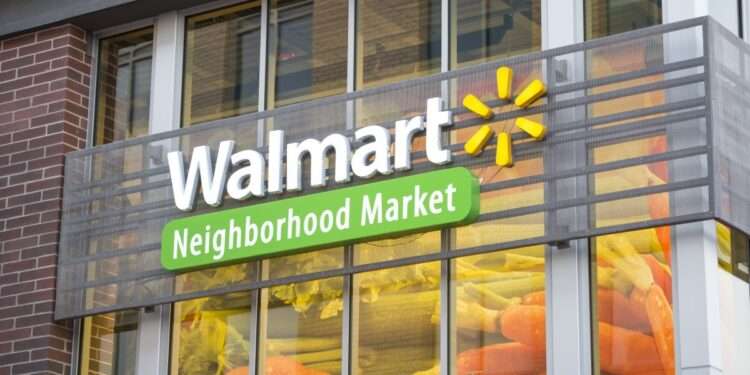In recent years, Walmart has been expanding its presence in the grocery industry by establishing Walmart Neighborhood Markets. These smaller-format stores offer a convenient grocery shopping alternative, particularly for urban and suburban customers. In this article, we will explore the rise of Walmart Neighborhood Markets and the benefits they offer to customers.
What are Walmart Neighborhood Markets?
Walmart Neighborhood Markets are smaller-format stores that offer a wide range of grocery items, including fresh produce, meat, dairy, bakery items, and household essentials. These stores are typically between 30,000 and 60,000 square feet, smaller than the average Walmart Supercenter. Unlike Walmart Supercenters, which offer a wide range of products, Neighborhood Markets focus primarily on grocery items and essentials.
The Growth of Walmart Neighborhood Markets
Although Walmart initially introduced Neighborhood Markets in Bentonville, Arkansas, in 1998, the company did not aggressively expand the concept until 2011. Since then, the company has opened hundreds of Neighborhood Markets across the United States, with plans to expand. As of 2021, there are over 700 Walmart Neighborhood Markets in the United States.
The Benefits of Shopping at Walmart Neighborhood Markets
One of the primary benefits of shopping at Walmart Neighborhood Markets is convenience. These stores are typically located in urban and suburban areas, making them easily accessible to customers. Additionally, because the stores are smaller, they are often less crowded than Walmart Supercenters, which can overwhelm some customers. The smaller format also means customers can quickly and easily navigate the store, making shopping more efficient.
Walmart Neighborhood Markets also offer competitive pricing on grocery items. The company is known for its “Everyday Low Prices” policy, which applies to all products, including groceries. By offering competitive pricing, Walmart Neighborhood Markets can attract budget-conscious customers looking to save money on their grocery bills.
The Impact on Local Communities
The growth of Walmart Neighborhood Markets has significantly impacted local communities. These stores can boost the local economy by creating jobs in the areas where they are located. Additionally, Walmart has a reputation for supporting local charities and organizations. For example, the company has donated millions to support local food banks and other community organizations.
However, Walmart’s expansion into the grocery industry has also faced criticism. Some critics argue that the company’s aggressive pricing strategies can pressure local businesses and drive them out of business. Additionally, people have raised concerns about the company’s treatment of workers, including providing low wages and limited benefits.
The Future of Walmart Neighborhood Markets
Despite these concerns, the future looks bright for Walmart Neighborhood Markets. The company continues to invest in the concept and has plans to open more stores in the future. Walmart is also exploring new technologies and innovations to improve the shopping experience at these stores. For example, the company is testing new mobile checkout systems and automated pickup stations to make shopping even more convenient for customers.
Conclusion
Walmart Neighborhood Markets offer a convenient grocery shopping alternative, particularly for urban and suburban customers. These stores offer competitive pricing on grocery items and are often less crowded than Walmart Supercenters. While the growth of these stores has impacted local communities, Walmart continues to invest in the concept and is exploring new technologies to improve the shopping experience.

















